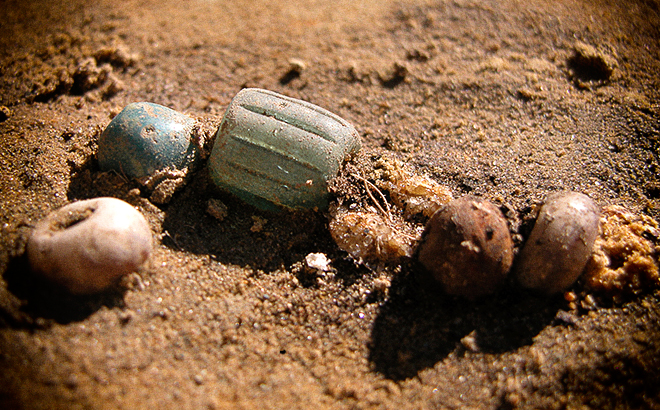Roles, responsibilities and authorities
The Museum of Cultural History collaborates with and provides professional advice to The Directorate of Cultural Heritage, the Sami Parliament, counties and local municipalities. We consider applications regarding the permission for encroachment of sites and monuments, which falls under The Cultural Heritage Act, based upon purposive scientific principals and the academic value of intended intervention. Further, the Museum formulates a plan for the practical execution of the excavation. If the Directorate approves the encroachment, the implementation and practical execution is performed by the Museum. The purpose is to safeguard the scientific value of archaeological material before it is lost. The developer is subjected to financial coverage of the excavation, while the State of Norway can help finance minor private initiatives.
The responsibility and authorities of the Cultural Heritage Act are governed by separate regulations. The regional county municipalities are responsible for the protection of cultural heritage within their district. All inquiries regarding immovable and portable heritage sites, objects and monuments can be addressed to the county municipality, which forwards the inquiry to the appropriate authority.
Research and academic program
The Museum of Cultural History has developed academic schemes and programs of some of the excavation activity. The objective is to display the status of scientific knowledge and identify key issues to ensure excavations of high quality. The programs highlight key issues and academic priorities within various fields of archaeological research and facilitate applications of encroachments of heritage sites.
These programs are entrenched in the Museums research priorities and are fundamental to the institutions’ academic research activity. There are four key areas of research:
- The earliest Stone Age (pioneer settlement)
- The development of early farmsteads and agricultural history (pastoral resources and expansion)
- The development and technology of iron extraction and hunting (exploitation and management of peripheral resources)
- Rock Art
Cultural Heritage Act
- The earliest provisions regarding cultural heritage management can be found in the Gulating Act of the 11th century and the Land Law of Magnus Lagabøte from 1274 AD. Today, it is the Cultural Heritage Act of 1978, no. 50, which is largely based upon the Law of Protection and Preservation of Pre-Historic Antiquities and was passed by the Parliament 13th of July in 1905.
- The law states that all antiquities assigned a date prior to the Reformation (AD 1537), are automatically protected. The reason is twofold: cultural heritage is a valuable source of scientific information and they have experiential value.
- The law states: "Heritage is regarded as all traces of human activity in our physical environment, including places associated with historical events, beliefs and traditions. Further, cultural environs are areas where cultural heritage is part of a larger entity or relationship, ".
